Indian Blanket/ Firewheel
$37.50 /lbs. (pounds)
Well adapted native annual wildflower to the plains states. Blooms first year into late summer.
2 in stock
Well adapted native annual wildflower to the plains states. Blooms first year into late summer.
| Grow Height | Bloom Period | Growing Regions | Planting Rate Acre |
Bloom Color |
| 1½-2′ | May-Sept | all | 10 PLS | Red/Yellow |
| Weight | 1 lbs |
|---|
Be the first to review “Indian Blanket/ Firewheel” Cancel reply
You must be logged in to post a review.
Related products
Full sun or part shade. Useful ground cover. Flowers are up to 4" across. This perennial is a substitute for Common Daisy.
Stout, sparingly branched, pubescent perennial, with large, oval, blue-green leaves and showy, spherical clusters of rose-colored flowers.
Daisy-like flower. Very low maintenance. Well adapted. Perennial. This is one of the major wildflowers found in meadows and native to most of North America.
Native to Texas and many or the plains and mountain states. Often found growing in shallow soils, preferring disturbed sites in dry, sandy or gravelly soil with a neutral PH.
Warm season native perennial that is a member of the legume family. Plant is attractive to bees, butterflies, and/or birds.
Annual that emits sweet aroma attracting butterflies and hummingbirds. Native to Southern Midwest. Prefers sun and drier soils.
Introduced to America from Europe. Short lived and Hardy annual. Flowers are white forming dense delicate clusters. Prefers full sun in drained soils.
Showy blue and white flowers with some other colors from pink to lavender identified in select locations. Must be planted in the fall for spring blooms.
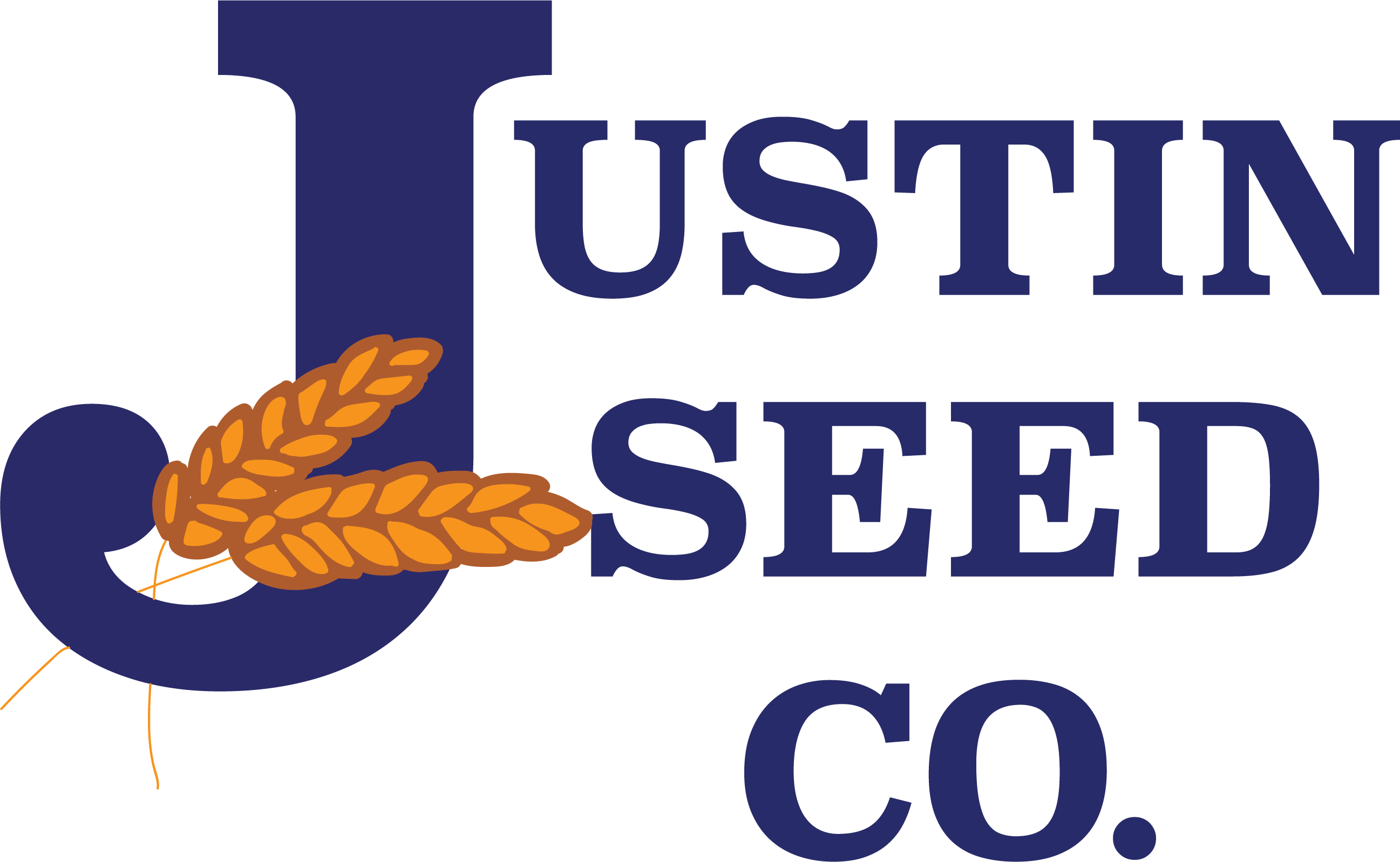
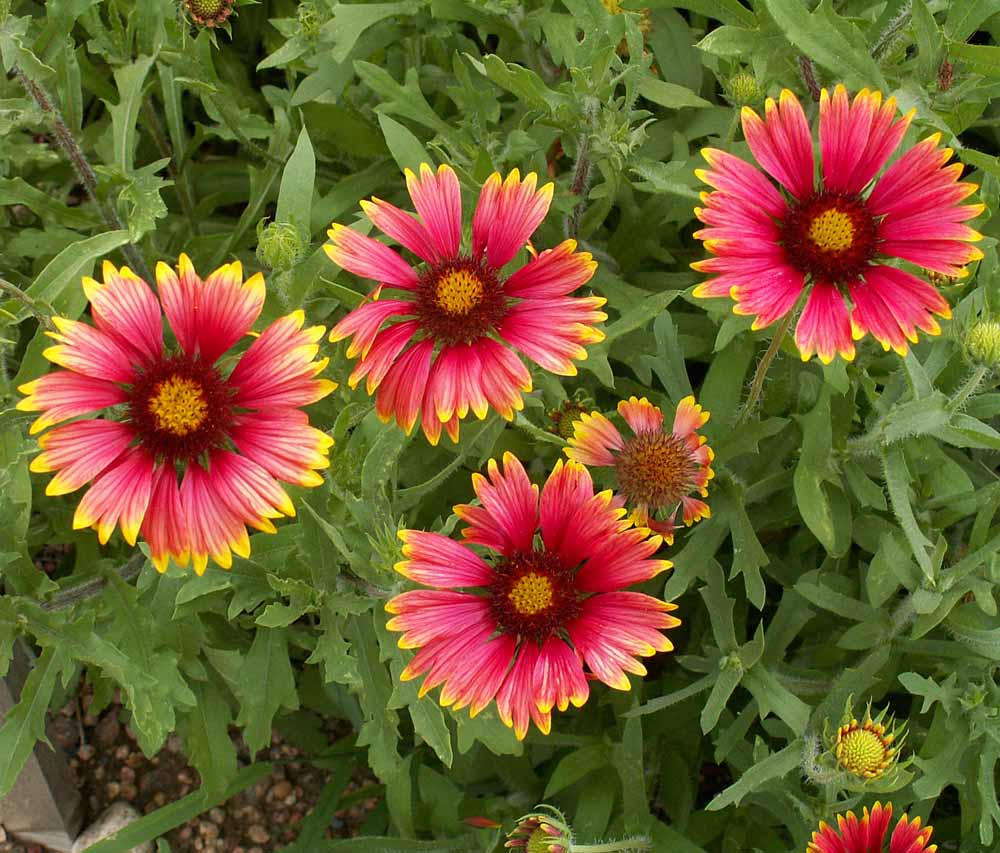





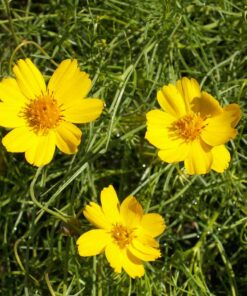
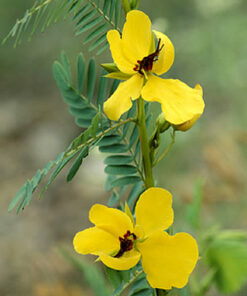
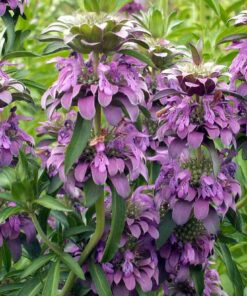
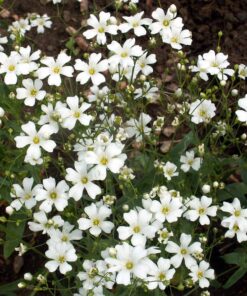
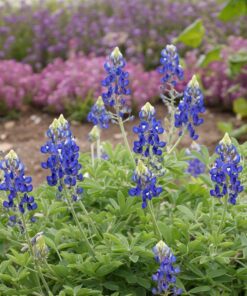
Reviews
There are no reviews yet.